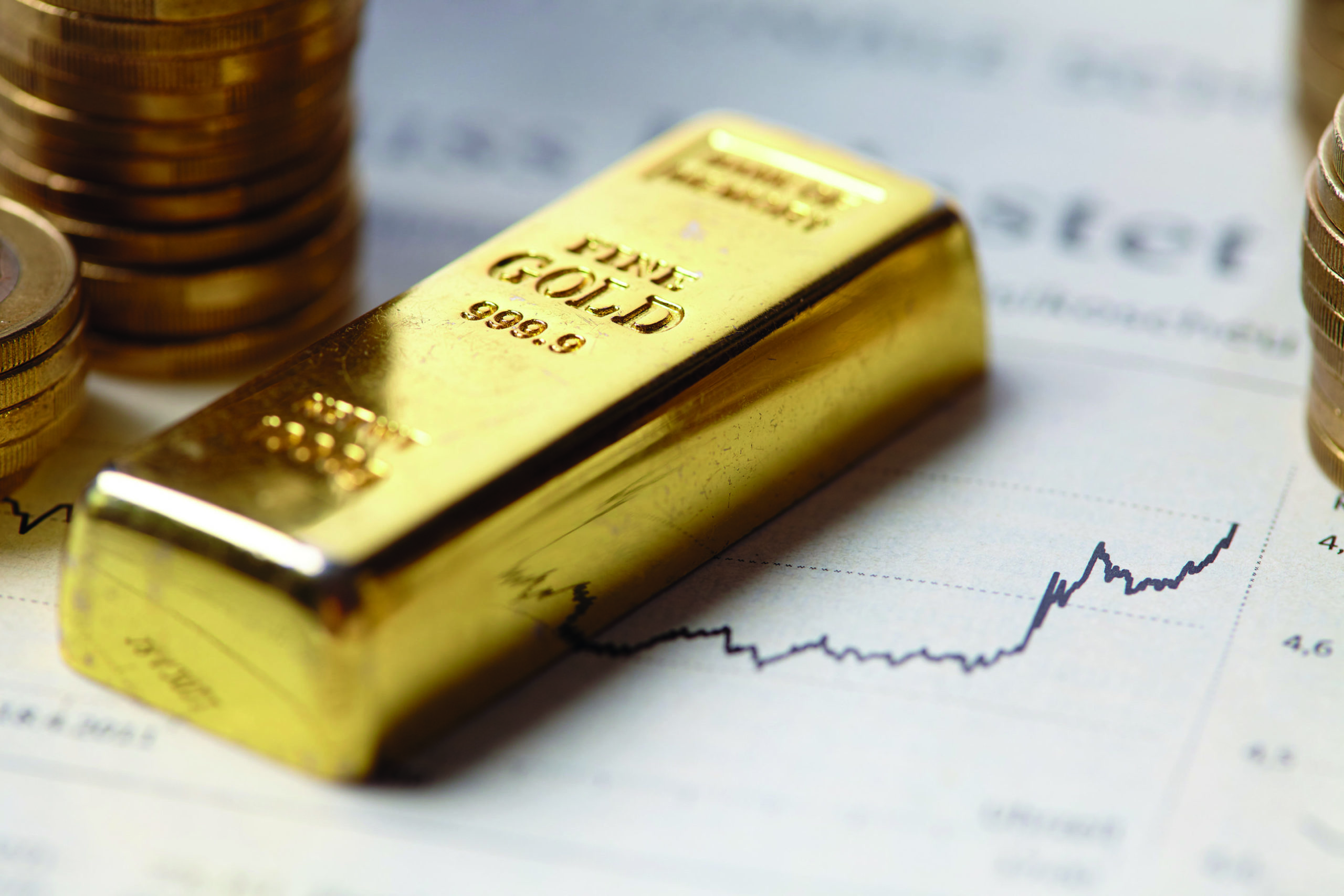Gold as an investment?
W
hat myths have surrounded gold since time immemorial! In earlier centuries, wars were fought and entire continents plundered just for the sake of gold. There was even a pseudoscience, alchemy, which dealt with the artificial production of gold and enjoyed a high reputation. The shine of the gold simply eclipsed everything. What is the significance of gold today? Can you use gold as an investment and does it make sense? We would like to address these questions in the following text, drawing on our experience with gold as a financial investment.
The price of gold has fluctuated between $250 and $2,000 per ounce of fine gold over the past 20 years. So the gold price is very volatile.
What forms of investment in gold are possible? You can buy gold as gold bars, gold coins, gold jewelry, gold accounts, gold funds, gold derivatives, gold certificates, gold mining stocks or gold stock funds. So there are many different forms of investing in gold, with different costs, risks and rewards.

What are the advantages of investing in gold?
Gold as a crisis currency
In the past, gold has always survived wars, economic recessions, pandemics and currency reforms and has always been highly valued by investors.
Gold for risk diversification
As part of a broadly diversified investment, gold can serve as a stabilizer, especially in volatile stock markets and in times of high inflation.
Gold as a scarce commodity
Gold is only available in limited quantities and, unlike a printed currency, cannot be multiplied indefinitely. Due to this fact and the high demand, gold has a relatively high value.
D
he other side of the coin is that Genève Invest has repeatedly observed the following problems: Buying gold in smaller quantities is expensive.
The troy ounce of gold is currently valued at around USD 1,800 or EUR 1,600. If you want to buy a troy ounce through a bank or gold dealer, there is a five percent margin between the buying and selling price. For even smaller quantities, the margin can be more than ten percent. It can then take a very long time for a rise in the gold price to offset the initial loss.
The storage of gold is expensive.
Of course, you can store gold inexpensively at home. But the risk involved should be carefully weighed. The alternative is to deposit the gold in a safe deposit box. The rent for this can quickly amount to 200 euros or more per year. In addition, safe deposit boxes are in high demand and short supply.
Gold is subject to currency risk.
Since gold is traded worldwide in U.S. dollars, the exchange rate of the dollar to the respective reference currency is an important factor when buying and selling gold. Often the fluctuations of the exchange rate are not less than the movement of the gold price itself. For a euro investor, this means that he may suffer a loss even though the gold price may have risen.
Gold does not yield interest or dividends
Gold does not create value because nothing is produced. Therefore, there are no interest or dividend flows. The cost of storage is still there.
The gold price is subject to strong fluctuations.
As an investor in gold, you have to hope that the price of gold will rise in the future. This only happens when demand increases while gold production remains the same. But that was not always the case. Between 1987 and 1999, the price of gold fell by half.
Now is the ideal window of opportunity to invest in bonds. Corporate bonds currently offer yields in excess of 7% p.a.
Arrange a callback from one of our experts now. We advise you free of charge & without obligation and find the best corporate bonds for you.
For investors with €100,000 or more
Free consultation & callback service
What Genéve Invest says about investing in gold
G
enève Invest recommends paying particular attention to a broad diversification across different asset classes and financial investments when investing. In the past, gold has proven in times of crisis that it can absorb losses in other asset classes such as equities or real estate under certain conditions. However, the long-term performance of gold over decades has shown that, after deducting costs and taking inflation into account, it has only been possible to make real money with gold in relatively few short periods.
Genève Invest therefore recommends investing a maximum of five to ten percent of the total portfolio in gold, and only for reasons of risk diversification, as there are simply higher-yielding and more lucrative alternatives.

